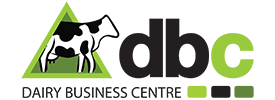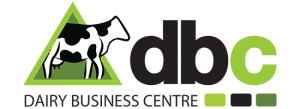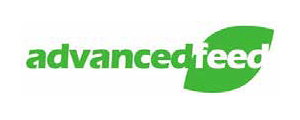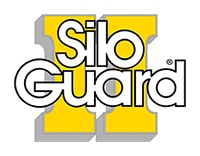Irishman Bill O’Sullivan is clear that he doesn’t like to be interviewed, but he has agreed to talk on the record – twice – for one reason.
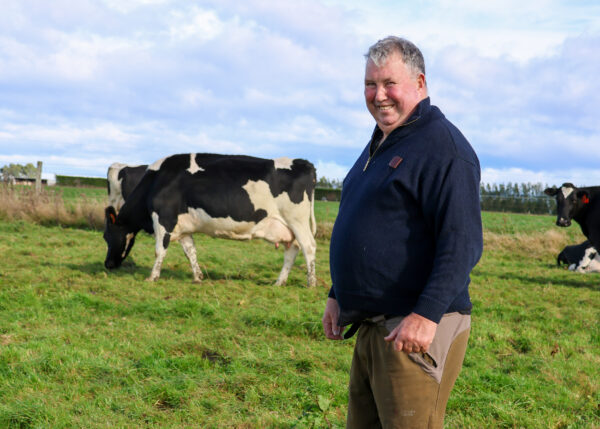
Bill O’Sullivan says the Dairy Business Centre’s lead feed and mineral supplements are now an important part of their programme.
Along with their family, Bill and his wife, Keri Kahotea, milk 800 cows in a 50-bail rotary on 271ha. They produce 370,000kg of milk solids a year and employ four staff, including their daughter, Stella.
Bill keeps meticulous records of cow health and events on their property at Wreys Bush, which is often described as the “golden mile” of ideal dairying country.
He remains concerned that too many New Zealand dairy farmers appear to have little idea about what “lead feed” is, what it does, how it helps minimise milk fever, and what that means across the whole business.
Milk fever is acknowledged as the gateway to seven post-calving conditions. It is also worth noting that half the profit a cow generates each lactation is achieved in her first 100 days post-calving – and the most important time for reproductive performance is achieved three weeks either side of that calving. Bill says it then makes sense that any post-calving issues – including ketosis – become the silent thieves of peak production, health, and fertility.
“I think many New Zealand farmers go into calving, expecting their cows to pump a calf out, get going, and start milking without any support. We’ve been a bit blasé about getting that cow up to a standard in the dry period.
“In many cases, it seems to me that they are taking a knife to a gunfight.”
He has taken control of his own conversation around pre-calving preparation. He now trusts lead feed to give his cows their best chance of calving uneventfully. He says he wanted to speak up because of the repeated positive results they are getting on their farm as a result of that decision, and because he believes that helping young farmers shouldn’t be a chore. It should be a choice.
Historical reference
Bill first introduced lead feed to their herd in 2018, because they were routinely treating up to 80 downer cows every year for milk fever in their spring-calving herd. On his first interview in 2022 he pointed to the boxes of calcium in the dairy as he remembered the early morning dramas on 10% of his herd.
At the time, he said: “There’s 20 bottles in each of those blue and brown boxes, and when it was really bad, we were using 12 boxes of both.”
“My biggest problem was that we were getting those cows up, but it was so frustrating that they went down in the first place, and it was tough on our staff who were coming to the shed in the morning after being up so early. They were then having to go and treat two or three cows that were down.
“In the end, we could put the bottle in the vein blindfolded.”
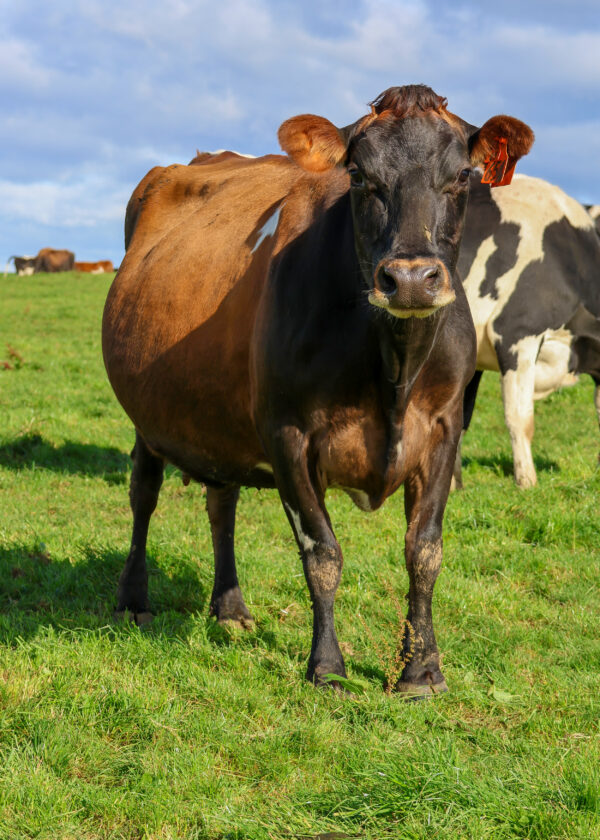
Bill O’Sullivan says getting cows safely through calving in Southland is their priority. Along with his wife, Keri Kahotea,and family they milk 800 cows in a 50-bail rotary on 271ha. They produce 370,000kg of milk solids a year.
Two vet visits this season
Fast-forward to reflecting on their 2023 calving near the 2024 dry-off and he flips to through the pages of his records.
Of the 750 that calved, they had the vet visit twice, there were no caesareans, and through the entire season (including misadventure and Johnes) they have lost 15 cows – none to milk fever.
Protocols on this farm include the final check on the calving paddock at the end of milking at 5.30pm with the next check not until 4.30am the next morning. To have less than two percent mortality is something Bill counts as a successful work in progress.
Further to that – which he also credits (in part) to their lead feed – is that he has 8% empties in his herd this season. It was achieved using manual heat detection, no CIDRs or drugs – and only a single cycle with the mop-up bulls (December 20 to January 12).
Milk production was up 4% this season. Their average Somatic Cell Count over the whole season 128,000 (down 28%). The only other change they made in the 2023-2024 season was that they teat-sealed every animal that calved.
“The lead feed has carried on its job from the previous year to this season. We’ve had the same results,” Bill said. “It’s put the joy back into farming for us. We’re not afraid of spring anymore because the calves are popping out, because the cows have the energy to push them out.”
Lead feed explained
So what is lead feed? The Dairy Business Centre’s (DBC) lead feed, Get-Set-Cow, is a specifically formulated supplement that is fed at 3kg/cow/day in the 10-14 days pre-calving.
It includes a blend of pelletised, anionic salts, calcium, magnesium, grain, and protein. It includes a full specific requirement of trace minerals cows need in the lead-up to calving, along with Rumensin.
Bill genuinely wants to help others.
“We pride ourselves that we have no c-sections on this farm because we feed lead feed and minerals. The cows are like Olympic athletes, and calving is all about the preparation.
“As we go on, every year our cows are developing more and more. We don’t go out there and wish for a good calving and a good mating. If we haven’t done the homework beforehand, wishing is no good. There is honestly no reason to have a lot of downer cows if you use this lead feed.
“I’ve been thinking about this story and the worst scenario is that we’ve had 15 cows die out of 750 this season. It doesn’t take that long when you’re dealing with that number of cows to potentially lose more.
“This way, it now means that we have around 130 cows we can choose to replace, so it doesn’t take long to pay for that lead feed, does it?”
Cows treated for being down post-calving:
Pre-2018 season – 80
2019-2020 season – 23
2020-2021 season – 11
2021-2022 season – 16
2022-2023 season – 21 (no lead feed fed from the end of September to save costs. 11 of this number didn’t get lead feed)
Testing the theory
Bill inadvertently tested the theory this season.
“When Fonterra came out and lowered the payout on us last year, things got very testy on every farm cost-wise,” Bill said. “We decided to drop the lead feed towards the end of calving to save costs, so we probably had 50 to 70 cows that missed having it.
“It’s interesting to look at things now after the fact. Right through the whole calving we had 21 cows go down. Of those 21, more than half of them came from the group that missed out on the lead feed.
“I was reminded this season that you cannot save yourself into profit. You’ve got to get more milk from the cows to make more money.”
With the cows that didn’t have access to lead feed taken out of the statistics they treated 1.3% of the herd for milk fever who did get lead feed. That number is down 8.7% (or 65 cows) on what they used to have to treat.
“Lead feed has given us more control and more choice. It is expensive – and we have this robust discussion every year – but calcium is $14 a bottle, we don’t have to dust pastures with magnesium anymore.
“I will say that with feeding lead feed, it is important to have your calving dates as accurate as possible, because 14 days for lead feed is long enough. It is packaged in 25kg bags, and we feed our springers in the palm trailer. This works for us.”
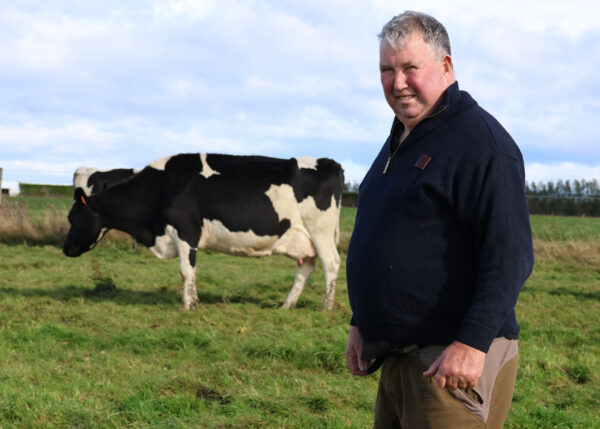
The man driving WF O’Sullivan Limited is Bill O’Sullivan and cows have to perform to keep their place in this Southland herd.
Questioning leads to more decisions
Their success with the Get-Set-Cow gave Bill the confidence to also switch his multi-mineral and trace element mix. His points of contact are DBC’s Technical Sales representatives for Southland Neville Hamilton and Canterbury’s Charlotte Flay.
DBC’s water-resistant loose lick is ideal for lactating cows and young stock. It includes the macro-minerals Calcium, Phosphorous, Magnesium and micro-minerals Zinc, Copper, Cobalt, Selenium, Manganese, and Iodine – along with Vitamins A, D, and E.
Bill prefers loose lick to lick blocks, because the animals need just 20g-30g (heifer-cow) a day to meet their needs (often achieved in one mouthful) while lick blocks depend on cattle having the time to spend at the lick block without getting pushed out.
They also included Max T-Mins for the herd (a water-soluble, multi-mineral, trace element mix, released through a dosatron to promote herd health and performance during lactation).
They switch to Max T-Mins Hard-Hoof Xtra (which includes Biotin and organic zinc) at strategic times of the season. It is a complex of water-soluble B complex vitamins which are essential for growth, feed utilisation and the maintenance of epidermal tissues and normal bone development (hooves). It is also involved in a number of pathways linked to hoof health and milk synthesis. It takes eight weeks for a new hoof horn to grow and develop with support from Biotin.
Calves have never looked better
The calves are offered Maximise calf pellets while they are on-milk and post-weaning. It is a concentrated supplement using by-pass proteins which are customised to stimulate skeletal growth, provide lean muscle mass, supply energy, strengthen immunity, and stimulate the calf’s rumen. It also includes also trace minerals, recognising that a calf’s bone growth also counts on Phosphorus and Calcium. The calves are now also offered DBC’s water-resistant loose lick.
Bill said it made sense to him that in the post-weaning period off milk and/or pellets, calves needed more than grass to achieve those early weight-gain goals. He also believes cow health has subtly contributed to calf vigour.
“When my grazier says to me, ‘What have you done with the calves this year?’, you know something is going right,” Bill said. “He was surprised at their size, scale, and mass. Honestly, if the products weren’t working, I wouldn’t be using them.
“We have found the people that make our farm tick. There are so many people that make our business run smoothly – our heifer grazier, the milking machine man, the contractors, the staff – and DBC is now also one of those.
He chuckles: “I’m going deeper and deeper into debt with DBC. End of story.”
